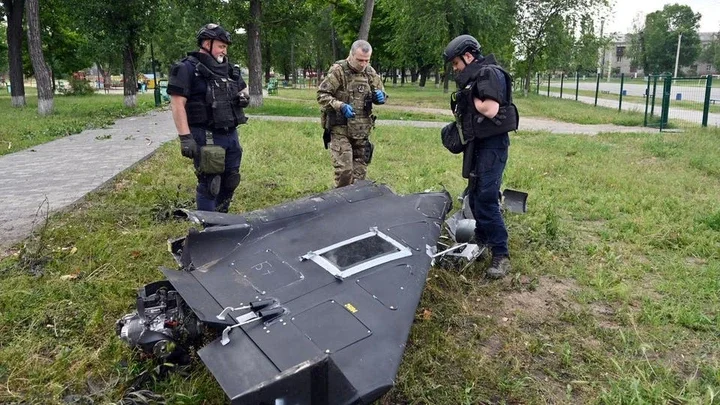
The Iranian Shahed-136 is part of the pantheon of drones that have come to define the modern battlefield. This drone, sometimes referred to as the Geran-2 when used by Russia, has become a central part of Russia's drone campaign against Ukraine. Its relatively low cost, long range, and substantial payload have made it a versatile tool for both deep strikes and tactical operations. Despite its widespread use, Ukraine has grown increasingly effective at countering these drones. In response, Russia is fielding new variants of the Shahed drone and adopting new tactics to overcome Ukrainian defenses.
How Ukraine Has Been Defeating Shahed Drones
Given the widespread use of the Shahed by Russian forces, Ukraine has implemented a systematic approach to counter them. Last year, the Russians began including decoy drones with their Shahed drones to increase the likelihood of evading Ukrainian defenses. Regardless, Ukraine has been effective at neutralizing both the decoys and the Shaheds using a combination of kinetic and non-kinetic approaches. For example, during a barrage on January 25, 2025, the Ukrainian Air Force reported that Russian forces launched 61 drones. None reached their targets. Fifteen were jammed, and the remaining 46 were shot down.
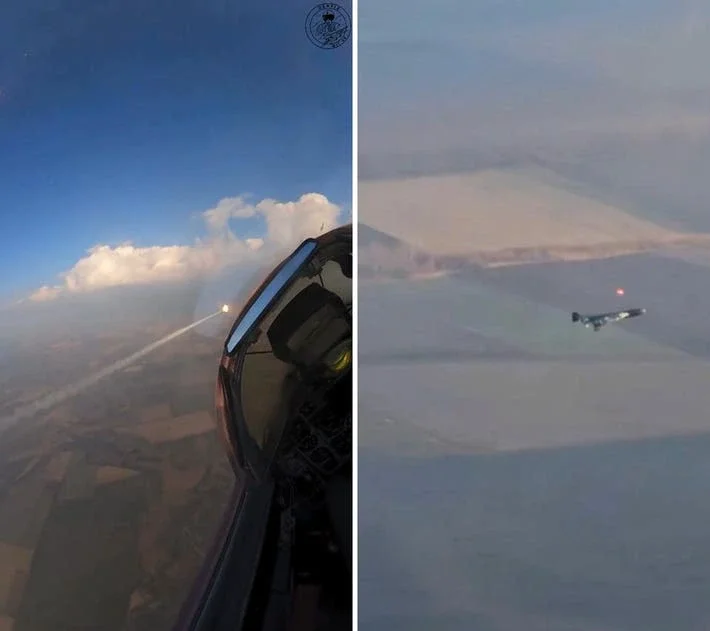
In general, Ukrainian electronic warfare systems are able to jam approximately half of the incoming drones, especially those flying at lower altitudes. These electronic warfare systems are continuously upgraded to exploit communication vulnerabilities in Russian drones. For those drones that are not jammed, Ukrainian forces respond based on the drone's altitude. Several videos on social media show Ukrainian Mi-24 Hinds and MiG-29s trailing behind and shooting down Shahed drones at higher altitudes. Meanwhile, mobile fire groups use vehicle-mounted machine guns to target lower-flying drones.
However, the effectiveness of the Shahed has recently increased. The Ukrainian Air Force reported that Russian forces launched 71 Shahed and decoy drones on June 25, 2025. Of these, 32 were shot down, 20 were jammed, and 19 reached their targets. This trend, which began a few months ago, reflects a shift in both technology and tactics, with a growing number of drones successfully penetrating Ukrainian defenses.
Modifications to the Shahed Drones
Ukrainian reports indicate that the newest Shahed drones may have undergone structural changes that have improved their survivability. Most notably, the engine compartment has been reinforced with armor to better withstand machine gun fire. Additionally, the fuel tanks, which were previously located in the wings, have been moved into the drone's hull. In earlier versions, a single shot to the wing or engine was often enough to bring the drone down. With these modifications, the drone can sustain more hits to its wings or body and still stay aloft, continuing its flight to its target.
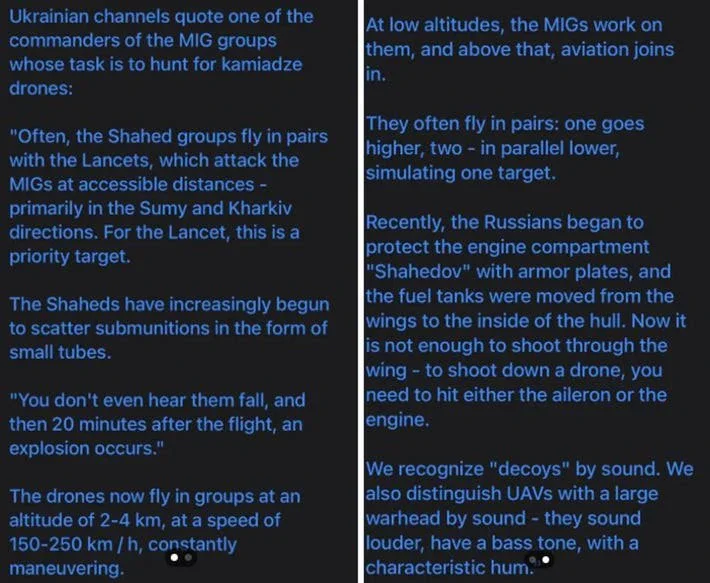
Another significant upgrade is the addition of submunitions. Instead of simply crashing into a target and detonating on impact, some variants are now able to release smaller submunitions during flight. This enhancement reduces the need for pinpoint accuracy and expands the drone's tactical utility. The submunitions can be dispersed over a wide area, making them effective against troop concentrations and lightly fortified positions. They can also be released at any point during the drone's flight path, allowing for more flexible targeting. In the Sumy and Kharkiv regions, Ukrainian forces have reported disorienting encounters with these drones, noting that "you don't even hear them fall, and then 20 minutes after the flight, an explosion occurs."
Russia's New Tactics For Employing the Shahed Drones
In addition to physical upgrades, Russian forces have also adopted new tactics for deploying Shahed drones. One such tactic involves launching the drones in pairs, with one flying at a low altitude and the other at a higher altitude. The lower-flying drone effectively shields the higher-flying drone, causing Ukrainian detection systems to register only a single target. The higher-flying drone often remains undetected until the lower one is neutralized, giving it more time in the air and increasing the likelihood of reaching its intended target.
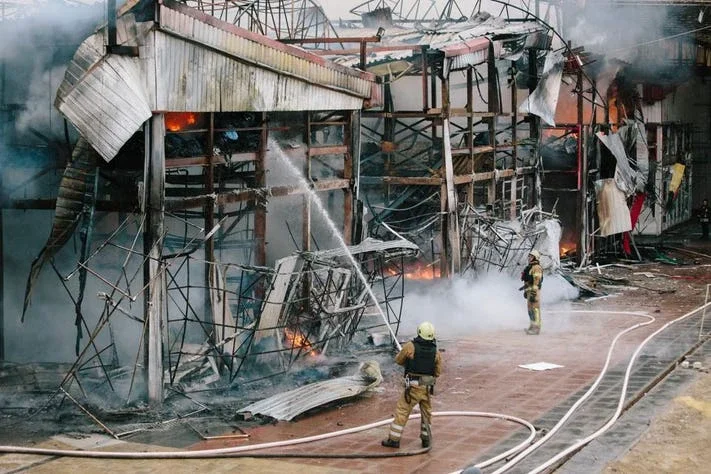
Russia is also pairing Shahed drones with Lancet drones. The Lancet is a smaller loitering munition that has been in service since 2020 and has undergone a number of upgrades. Its compact size makes it more difficult to detect and harder to hit with machine guns than the much larger Shaheds. As a group Shahed drones approach their targets, the accompanying Lancet seeks out the Ukrainian ground-based counter-drone teams responsible for intercepting drones. By striking these teams, the Lancet helps clear the way for the Shaheds to reach their targets without interference.
Ukraine's Response To The Updated Shahed Drone
As a larger number of Shahed drones are now reaching their targets, Ukrainian forces will need to adjust their tactics and counter-drone systems. Their engineers are likely already adapting drone detection systems to reduce the shielding effect created when two drones fly together at different altitudes. Meanwhile, the ground-based counter-drone teams may also modify their vehicles to be less susceptible to Lancet strikes and begin using more powerful rifles capable of causing greater damage to the drones. Ukraine has also pursued other measures to mitigate the Shahed threat. In particular, they recently carried out a strike on one of the factories that produces these drones.
Underlying the larger conflict is a constant race for drone superiority. Both Russia and Ukraine are rapidly adapting their drone and counter-drone technologies in an effort to gain an edge. The latest modification to Shahed drone technology and tactics displays this cycle of innovation and response. The cycle will continue, and Ukraine will adjust its defenses, Russia will continue to evolve its drones and tactics in turn.

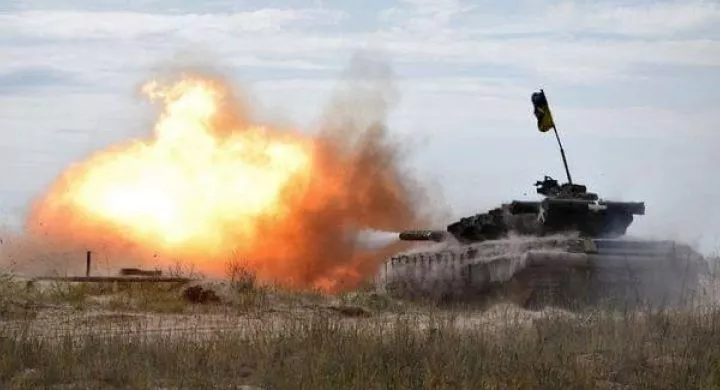
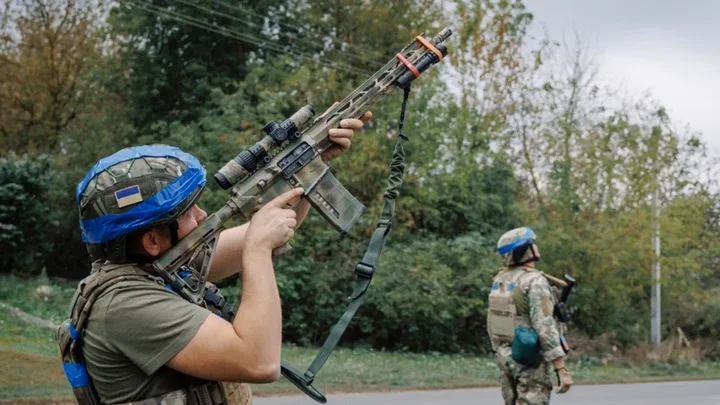


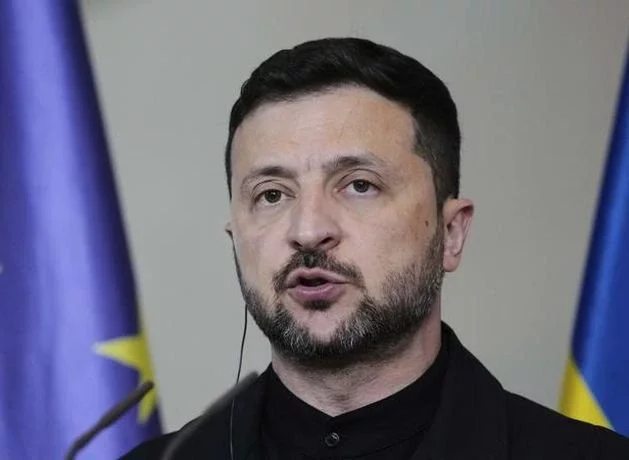




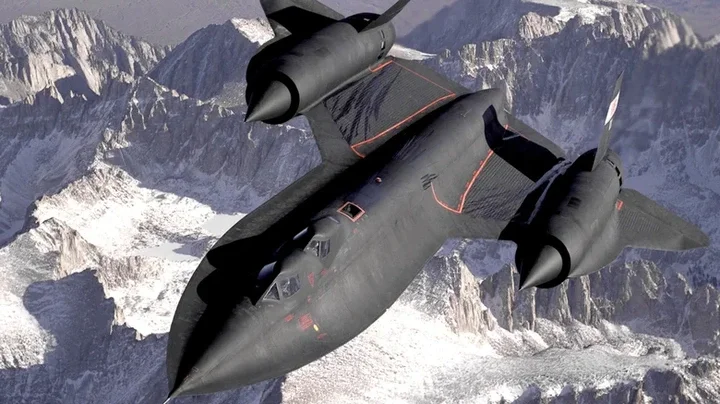





Comments